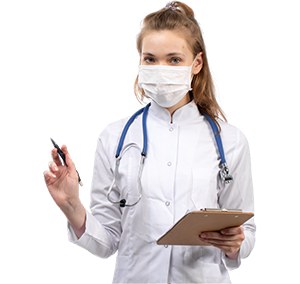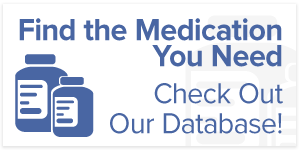Nebulizing is a simple, safe, and effective way to relieve congestion caused by allergies, colds, and other respiratory conditions. By inhaling the mist of medication directly into your lungs, you can get relief from the symptoms quickly. Here’s how to nebulize properly for the best results against congestion:
Nebulization at a Glance
Nebulization is the process of converting a medicinal liquid into an aerosol, which can then be inhaled and delivered directly to your lungs. The nebulizer machine turns the medication into a fine mist that you breathe
The nebulizer machine uses compressed air or oxygen to create a fine mist of medication that can be inhaled deeply into the lungs through a mask or mouthpiece. The mist penetrates the lower respiratory system, which is not reached by oral medications and provides fast relief from congestion symptoms such as coughing, wheezing, and shortness of breath.
Nebulizing For Congestion Relief
Choose The Right Device
Make sure your nebulizer is designed for your specific treatment needs and fits comfortably in your hands. Your doctor or pharmacist can help you select the correct one. Various nebulizers are available, including those that use a jet, vibrating mesh, or ultra-fine particles.
Prepare The Medication
Your doctor will tell you which medication to use and how much to take. Make sure you have the right prescription for your nebulizer device before starting. Check with your doctor or pharmacist if you’re unsure about the dosage of your medication. Read all instructions carefully before using any medications, as incorrect use may cause harm or lead to unpleasant side effects. Pre-measure your dose according to what has been recommended by your doctor or pharmacist. Make sure you use the correct solution for your nebulizer device, as some medications may not be suitable for certain machines. Also, follow the instructions carefully to ensure you use the correct dosage and concentration of medication.
Set Up the Machine
Before using your nebulizer, read through the user manual carefully to understand how to set up the device correctly. Check the air filter and tubing for clogs or other obstructions, as these can affect the machine’s performance. Check that all components are correctly connected, and fill the chamber with your prescribed medication as directed by your doctor or pharmacist. Once everything has been assembled, plug in your device and turn it on.
Put On the Mask
When ready for treatment, put the mask or mouthpiece onto your nose or mouth and turn the machine on. Sit in a comfortable position and try to relax as you inhale deeply and evenly from the device for about 10 to 15 minutes. It’s also important to remember not to over-inhale, as this can lead to unpleasant side effects such as dizziness or a headache.
Clean Up
Once your treatment is finished, clean the nebulizer components after each use. This will help prevent any build-up of bacteria or mold that could affect the performance of your device or cause infection. Cleaning instructions are usually outlined in the user manual of your nebulizer, so be sure to follow them carefully.
Final Thoughts
Nebulization is an effective way to deliver medication directly to your lungs and get fast relief from congestion caused by allergies, colds, or other respiratory conditions. Make sure you consult with your doctor or pharmacist before using a nebulizer to ensure that you use the correct type of device and medication for your needs. Follow all instructions carefully when setting up the machine and clean it after each use. With proper use and maintenance, nebulization can be an effective way to get relief from congestion quickly.
Nebulizing can provide fast and effective relief from the symptoms of congestion, but it’s important to use the device correctly to ensure you get the best results. Talk to your doctor or pharmacist for advice if you have any questions or concerns about using your nebulizer.



